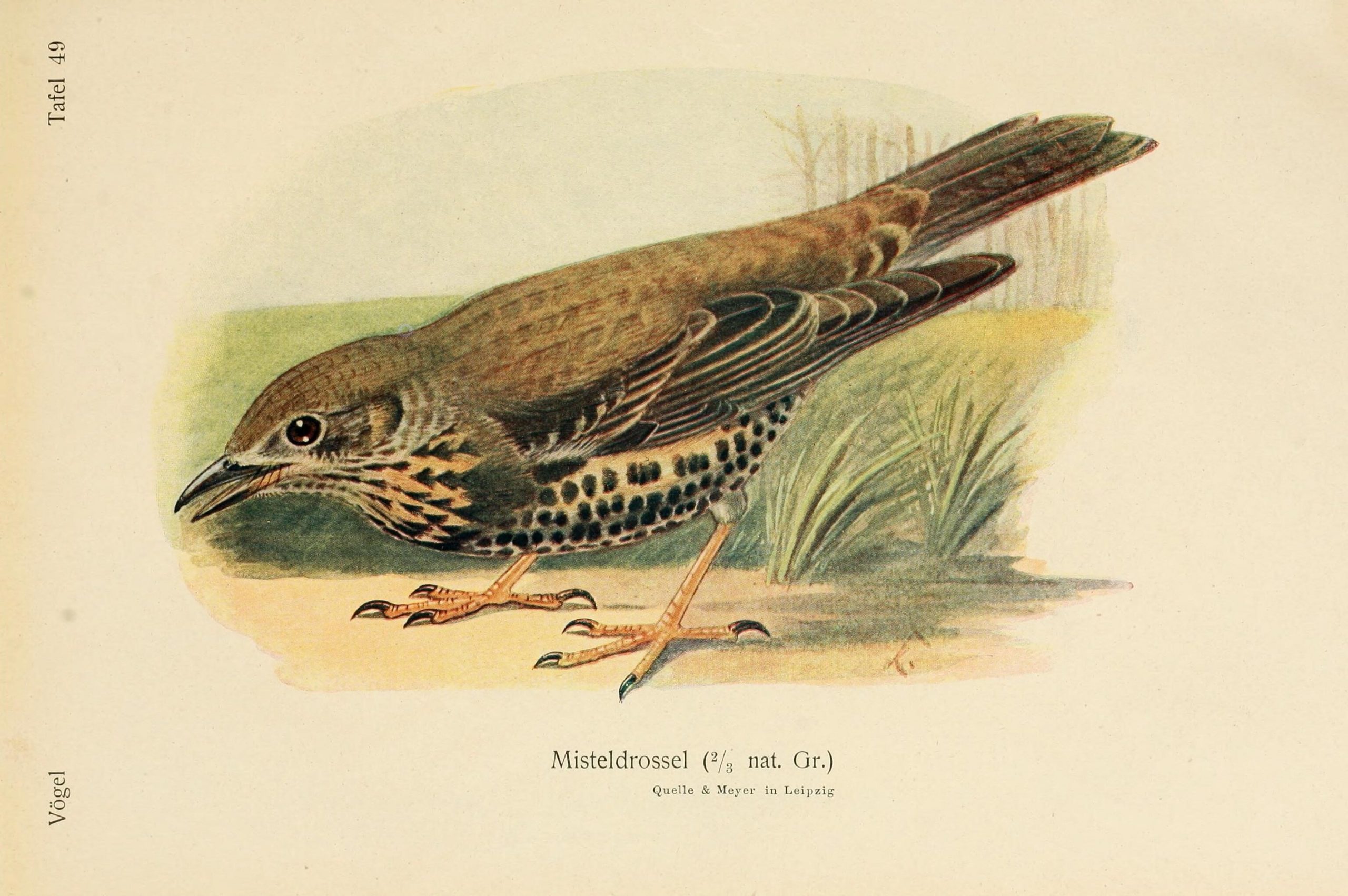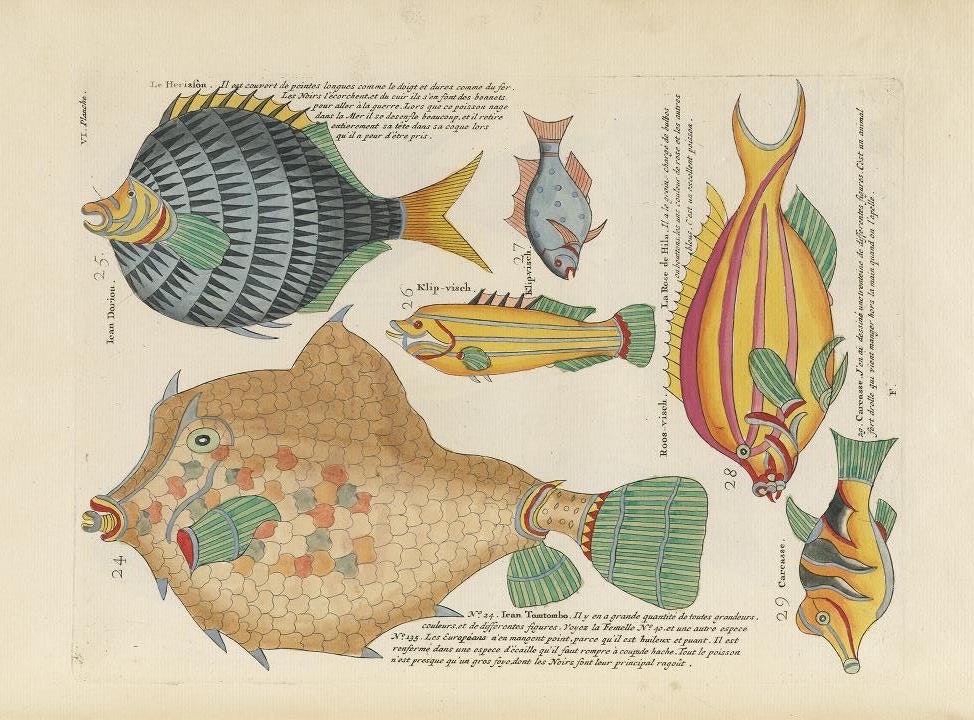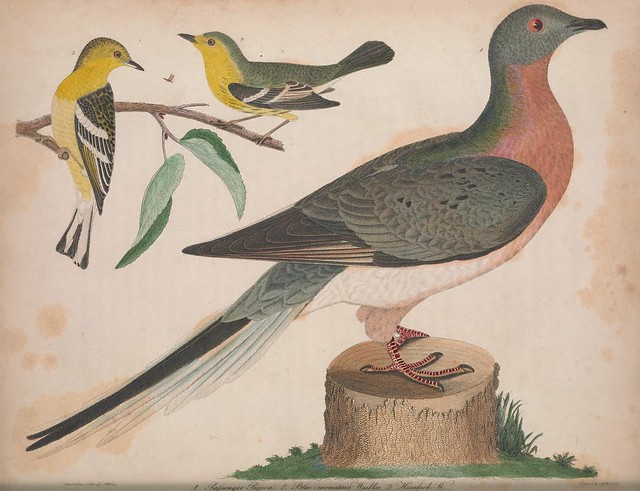
Biodiversity Heritage Library
When opening any science book (be it biology, medicine, geology, paleontology and a long etcetera) there is no lack of illustrations of great detail that help us better understand the concepts that are explained in it. Without these illustrations, it would be much more difficult for scientists to convey their knowledge and research to a wider and more diverse audience.
But who is in charge of carrying them out? They are the scientific illustrators. Scientific illustration is that branch of illustration specialized in the description of nature through different techniques, such as drawing, painting and digital illustrations.
Do you want to be a scientific illustrator? Let's see below some of the characteristics that you should have to be.
Know in depth the subject related to illustration
It is important that the illustrator knows the subject on which his work is made. There are many researchers not trained in illustration who are dedicated to making this type of images, but unfortunately it works against the little time they have, so they usually delegate this work to other professionals. It is important that they are able to adequately understand what the researcher wants to convey, assimilate and reflect it in the image.
Generate very self explanatory images
The images generated by scientific illustrators must go beyond the human eye, clearly representing the structure, shape, texture, proportions ...of the natural object that is represented, in such a way that those who see it can clearly distinguish its parts, can memorize them and relate them to each other and to other images of the subject. It is not enough just to create beautiful drawings, they must be very explanatory drawings that show us beyond the reality that we can see with the naked eye.
Know various techniques
The more techniques the illustrator knows, the better he will be able to represent the natural object using one technique or another. further you will be able to carry out more types of orders, depending on what the researchers want to illustrate. You can use acrylic, ink, watercolor, graphite ... and everything we can imagine. Graphic illustration is also very fashionable in this area.
Support with text
The explanatory text related to the drawing (using arrows, creation of infographics, diagrams, etc.) is basic when it comes to complementing our image, so that it is as complete as possible.
And, being scientific illustrators, Where can we capture our art?
Scientific and research magazines

Biodiversity Heritage Library
Popular science magazines contain a large number of these types of images to reach people in a more visual and enjoyable way, transmitting difficult knowledge in the simplest way possible so that it is understood by the vast majority of the population, since anyone can buy these magazines. There are other more specific magazines that also use scientific illustrators to transmit more complex knowledge.
Textbooks
Textbooks of any educational level they are full of images that illustrate knowledgeFrom preschool, where the drawings are more childish, to the university level. In addition, these tend to vary often, so the work of the scientific illustrator is essential.
Cultural associations, courses or companies related to nature
There are multiple associations or companies that are related to the dissemination of knowledge about nature to a varied public, from children to adults. Promotional activities of a park, courses on flora and fauna of an area ...the possibilities are endless.
Nature guides

Biodiversity Heritage Library
Nature guides they show us in detail what natural elements are like of a certain region. The fact of being illustrated will be a point in favor for the potential purchase by those interested in the subject. These guides often show the flora and fauna of a place through detailed illustrations.
Museums
Different museums use this type of images to support their works and for the public to understand them better. For example, in a paleontological museum, they will help us understand the evolution and original structure of a certain prehistoric animal, when we see its skeleton before us.
What are you waiting for to start drawing the nature around you?